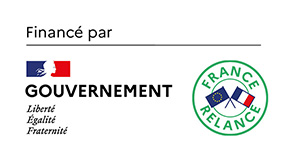A RANGE OF PRODUCTS
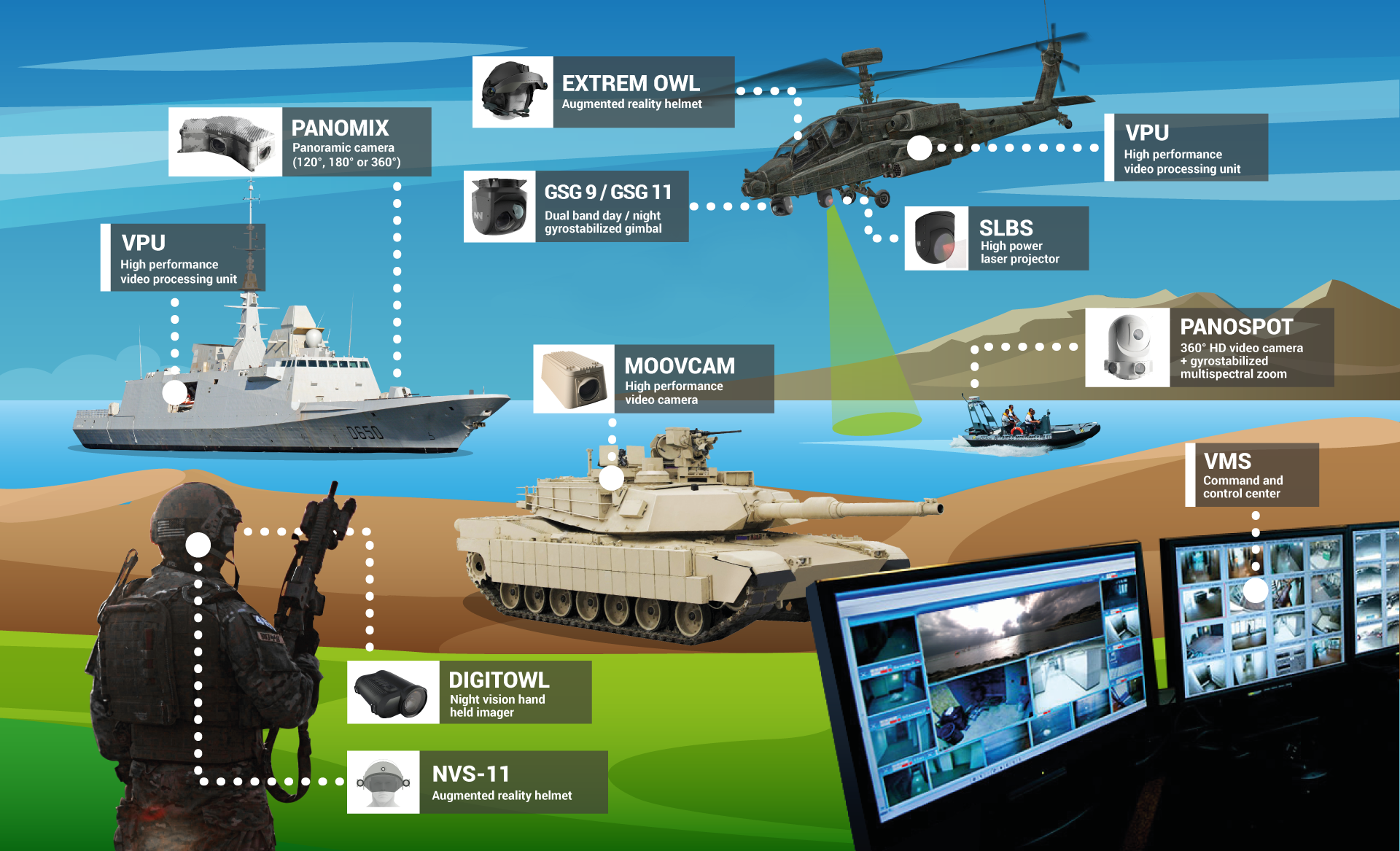
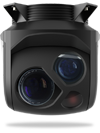 GSG9 - GSG11
GSG9 - GSG11THE MOST POWERFUL POD OF THE MARKET ! FOR ALL MANNED OR UNMANNED AIRBORNE PLATFORMS
See more information !
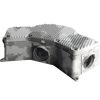 PANOMIX
PANOMIXPanomix is a perimetric surveillance system based on a combination of multiple 12MP global shutter color sensor with very high sensitivity.
See more information !
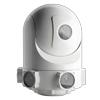 PANOSPOT
PANOSPOTPanospot is a perimetric surveillance system based on a combination of multiple 12MP global shutter color sensor with very high sensitivity.
See more information !
VPU
Check out an example of our video processing unit with cam master 3D
See more information !
Check out an example of our video processing unit with cam master 3D
See more information !
VPU
Check out an example of our video processing unit with cam master 3D
See more information !
Check out an example of our video processing unit with cam master 3D
See more information !
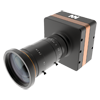 MOOVCAM
MOOVCAMA MODULAR VIDEO CAMERA WHICH HAS BEEN DESIGNED FOR MANY APPLICATIONS. IT ALLOWS TO CUSTOMIZE YOUR SIGHT VIEWER ACCORDING TO YOUR NEEDS.
See more information !
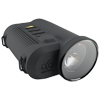 DIGITOWL
DIGITOWLPORTABLE HD DARK NIGHT SIGHT IMAGER NATO NIGHT LEVEL : 4 or 5.
See more information !
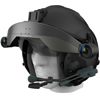 EXTREMOWL
EXTREMOWLNight vision system for helicopter
pilot helmet
See more information !
VMS
SURVEILLANCE MONITORING CENTER,
COORDINATION OFFICE
& VIDEO CAMERA SUPERVISION
See more information !
SURVEILLANCE MONITORING CENTER,
COORDINATION OFFICE
& VIDEO CAMERA SUPERVISION
See more information !
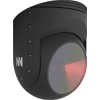 CLBS / SLBS
CLBS / SLBSCheck out more information on
COLOR LASER BEAM SEARCHLIGHT
or
SCANNING LASER BEAM SEARCHLIGHT
